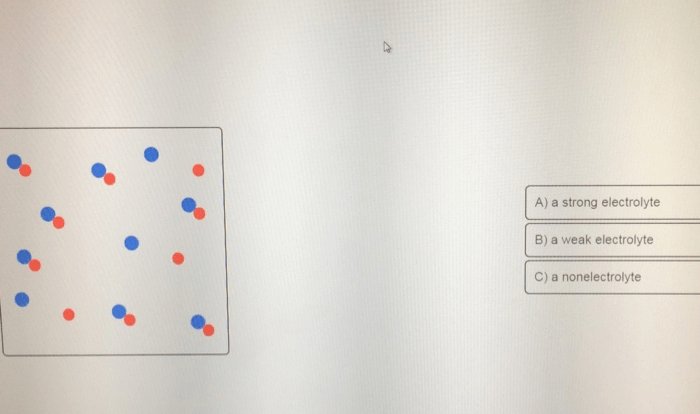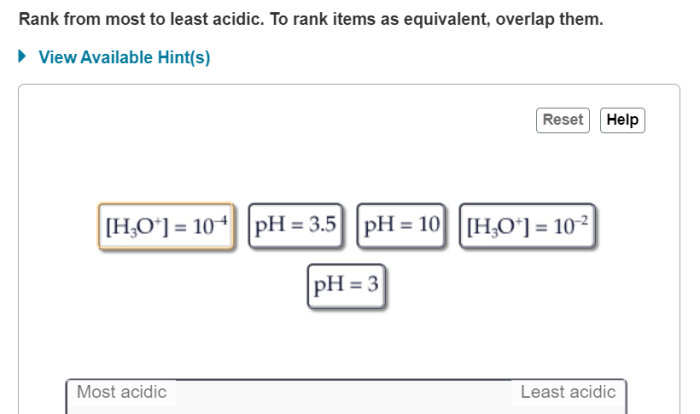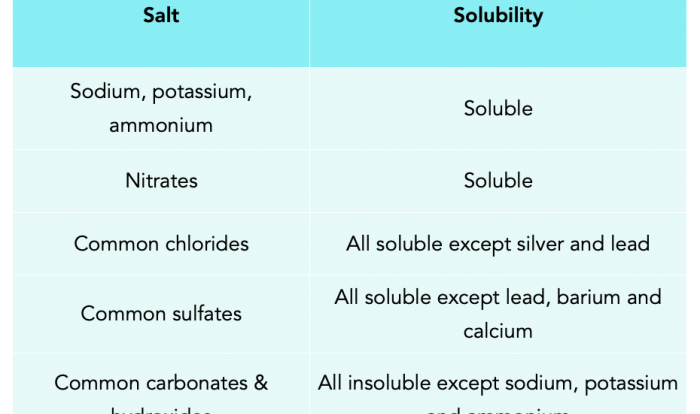The Acid and Bases Nomenclature Worksheet provides a comprehensive overview of the principles and rules for naming acids and bases according to the Arrhenius and Brønsted-Lowry theories. This essential resource empowers learners with the knowledge and skills to accurately identify and name both inorganic and organic acids and bases, laying a solid foundation for further exploration in chemistry.
Delving into the intricacies of acid-base chemistry, this worksheet elucidates the fundamental concepts of acidity and basicity, equipping learners with a clear understanding of the behavior and properties of these substances. Through engaging practice problems and examples, learners will master the art of naming acids and bases, fostering a deeper comprehension of chemical nomenclature.
Acid-Base Nomenclature
Acids and bases are two important classes of chemical compounds that play a crucial role in various chemical reactions and biological processes. According to the Arrhenius theory, acids are substances that produce hydrogen ions (H+) when dissolved in water, while bases are substances that produce hydroxide ions (OH-) when dissolved in water.
The Brønsted-Lowry theory defines acids as proton donors and bases as proton acceptors.
Nomenclature of Acids, Acid and bases nomenclature worksheet
Binary acids, which contain hydrogen and a single other element, are named by adding the suffix “-ide” to the root of the element name. For example, HCl is hydrochloric acid and H2S is hydrosulfuric acid. Oxyacids, which contain hydrogen, oxygen, and another element, are named by adding the suffix “-ic” to the root of the element name if the element is in its highest oxidation state, and “-ous” if the element is in a lower oxidation state.
For example, HNO3 is nitric acid and H2SO3 is sulfurous acid.
Nomenclature of Bases
Binary bases, which contain a metal and hydroxide ions, are named by adding the suffix “-hydroxide” to the metal name. For example, NaOH is sodium hydroxide and Ca(OH)2 is calcium hydroxide. Oxybases, which contain hydroxide ions and a metal in an oxidized state, are named by adding the suffix “-ate” to the root of the metal name.
For example, Na2O is sodium oxide and CaO is calcium oxide.
Practice Problems
Worksheet:
1. Name the following acids
HCl, H2SO4, HNO2
2. Name the following bases
NaOH, Ca(OH)2, MgOAnswer Key:
- Hydrochloric acid, sulfuric acid, nitrous acid
- Sodium hydroxide, calcium hydroxide, magnesium oxide
Additional Resources
[Acid-Base Nomenclature](https
//www.khanacademy.org/science/chemistry/acids-and-bases/acids-and-bases-intro/a/acid-base-nomenclature)
[Nomenclature of Acids and Bases](https
//www.thoughtco.com/nomenclature-of-acids-and-bases-606591)
[Acid-Base Nomenclature Practice Problems](https
//www.chemistry.msu.edu/faculty/reusch/VirtTxtJml/nomenclature.htm)
Question Bank: Acid And Bases Nomenclature Worksheet
What is the difference between the Arrhenius and Brønsted-Lowry theories of acids and bases?
The Arrhenius theory defines acids as substances that produce H+ ions in water, while bases produce OH- ions. The Brønsted-Lowry theory defines acids as proton donors and bases as proton acceptors.
How do you name binary acids?
Binary acids are named using the prefix “hydro” followed by the root of the nonmetal and the suffix “-ic.” For example, HCl is hydrochloric acid.
What are the rules for naming oxyacids?
Oxyacids are named using the prefix “oxo” followed by the root of the nonmetal and the suffix “-ic” or “-ous.” The suffix “-ic” is used for acids with a higher oxidation state, while “-ous” is used for acids with a lower oxidation state.
For example, H2SO4 is sulfuric acid and H2SO3 is sulfurous acid.



